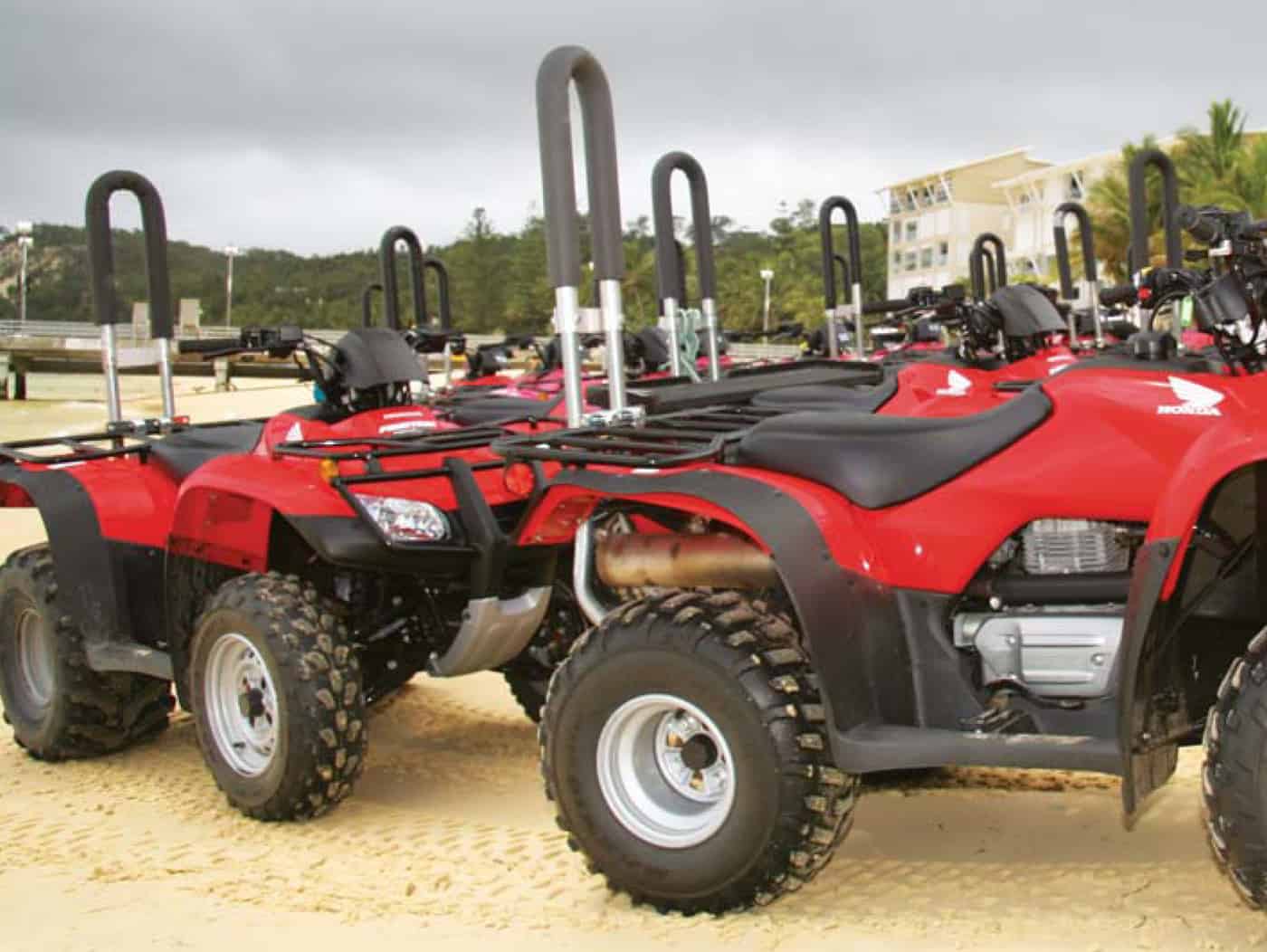On 19 October 2012 in a video address to an Australian forum on quad bike safety, the US Consumer Product Safety Commissioner Robert Adler stated
“We at the US CPSC are monitoring your activities closely with the hope that what you learn can help us back here in the United States.”
That places considerable attention on the safety initiatives and negotiations in Australia but also may indicate that the United States is struggling to achieve change in this area.
 On October 17 2012, the Weekly Times devoted its front page, a double page spread and its editorial to the safety of quad bikes, or All Terrain Vehicles (ATVs). The editorial called on the Government to
On October 17 2012, the Weekly Times devoted its front page, a double page spread and its editorial to the safety of quad bikes, or All Terrain Vehicles (ATVs). The editorial called on the Government to
“…mandate all ATVs are fitted with roll-over protection ..[and to] provide a rebate to allow retro-fitting of roll-over protection to existing ATVs.”
ABC News provided an excellent summary of the issues associated with quad bike safety in its news report on 17 October 2011 and showed some scary images of young children riding quad bikes.
Following the forum, Australia’s Workplace Relations Minister, Bill Shorten issued a media statement outlining to the outcomes. It stated:
“The Minister said he has asked Safe Work Australia to report on the key findings of the quad bike issues paper and today’s forum, and that he would direct Comcare*, the Commonwealth workplace safety regulator, to immediately implement the following:
- Comcare will work with scheme employers to review their use of quad bikes and consider possible substitution with less hazardous equipment. Continue reading “The world looks to Australia for quad bike safety changes”


